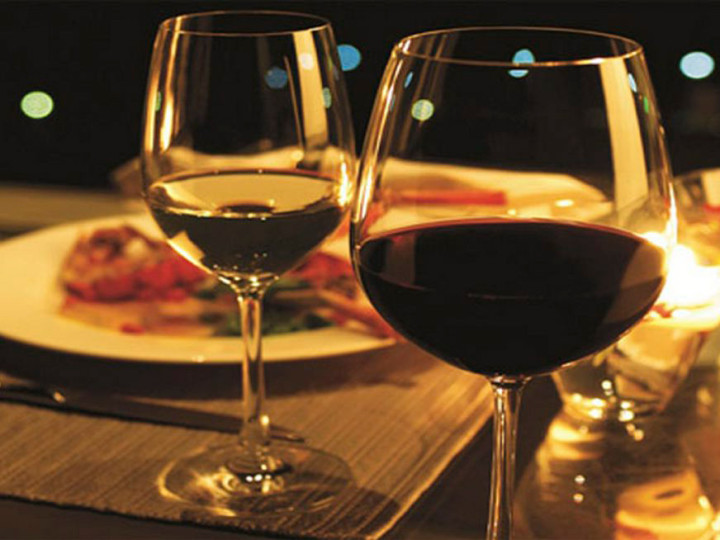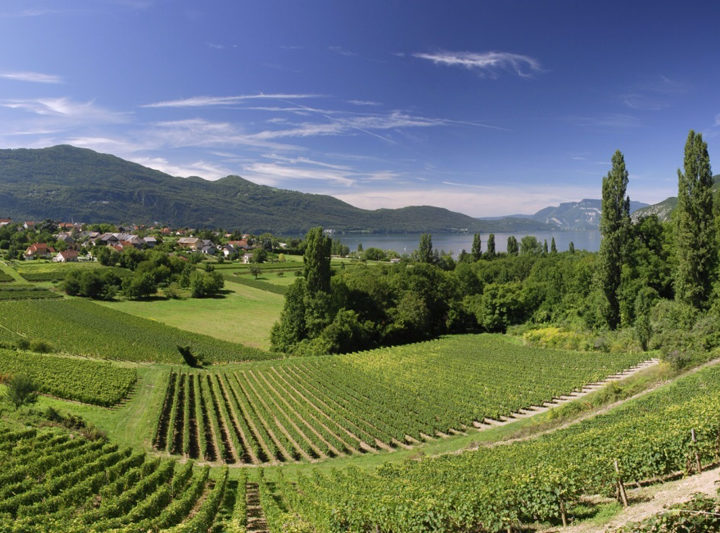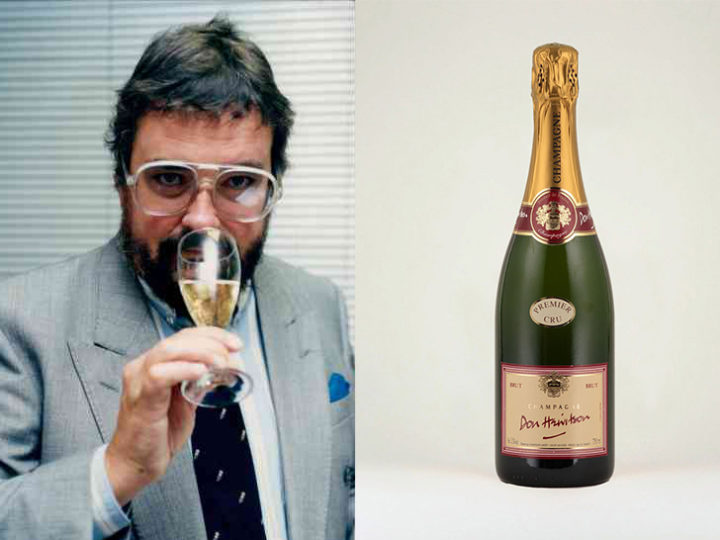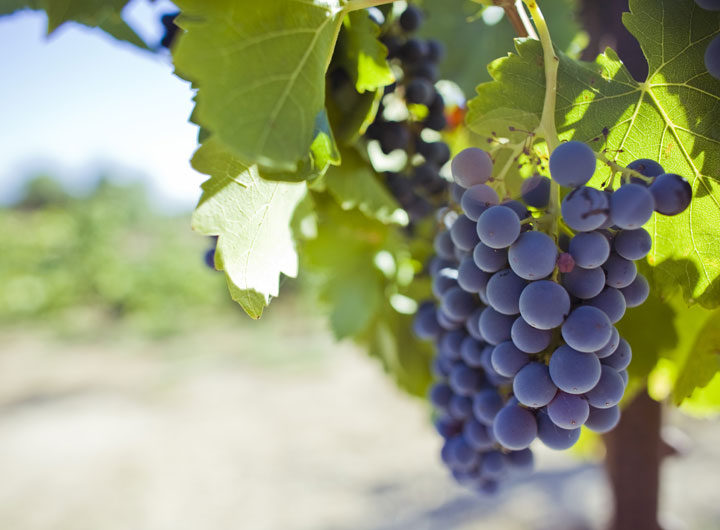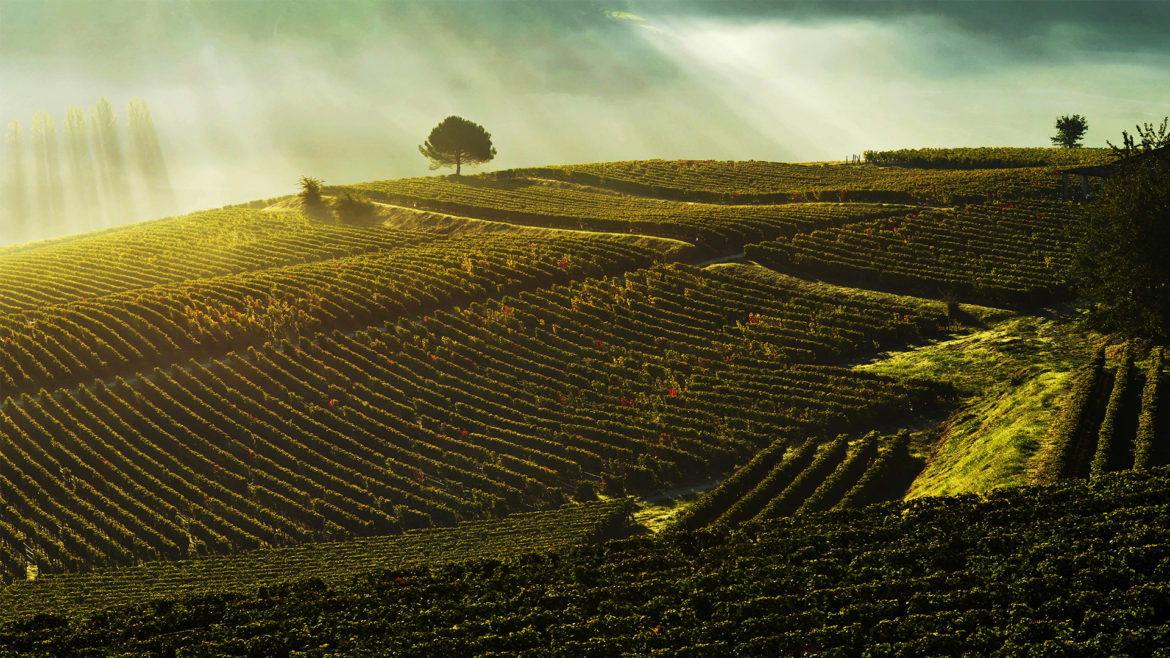
Claret the Englishman’s wine! The tradition dates back to the 12th and 13th centuries when Bordeaux was under English control. When the English were booted out in 1453, a certain amount of trade disruption followed and restrictive tariffs on French wine led to the growth in sale of Portuguese wine, much to the detriment of claret. But there was still a great following for claret and despite the ups and downs over the centuries, the tradition of drinking it continued. Life was good for the Bordeaux merchants, many of whom were of British descent. The 20th century brought the inevitable problems common to the other fine wine growing districts of Europe: the depression and two world wars. By the 1950’s the Bordeaux trade was in a bad way: its major customers were recovering from war, the estates were run down and the growers were unable to command realistic prices. The problems for the Bordelaise continued over the years and even though not facing wars or other disasters, it wasn’t easy to keep making good wine.
Here is a quick update on 2017 for you. Despite being destined to go down in history as the “year of the frost,” those growers and Châteaux that weren’t wiped out have every chance of making very good wine. The clear result of the spring frosts which everyone was expecting is the vintage is drastically smaller than it was in 2016 (which incidentally was the biggest harvest in a decade for Bordeaux). Volumes are forecast to be down 45% on last year and 40% lower than the 10 year average. In total, 2017 should yield some 320 million litres compared to 577m litres in 2016 and it’s still smaller than 2013 which produced only 400m litres.
On the other hand, the cruel reality is that while some areas have been wiped out, some have got by unscathed and those that did survive enjoyed an excellent growing season. Weather-wise, July was mixed but largely warm and dry (after some blistering heat in June), August was hot and dry. There was some welcome rain in early September before warm, dry weather resumed in time for the harvest, which was generally finished by late September. When picking began the effect of the frost made itself abundantly clear.
On the left bank in the vineyards of the blue chip Châteaux in Pauillac, Saint-Estèphe and St Julien, frost damage was minimal and Quinney notes the vintage looks “very promising” with very healthy Cabernet in particular. The leading estates in Margaux “got off lightly” but large areas in Moulis and Listrac were badly damaged. While it was “mixed” in Pessac-Léognan and Graves, harvest conditions were fine for those parcels that were unaffected. Meanwhile on the right bank, parts of Saint Emilion, suffered considerable losses of up to 100%. The plateau above the town where the likes of Troplong-Mondot and Canon are located fared well and enjoyed a bumper crop. It was a similar situation in Pomerol where vineyards on the plateau survived far better than those on the lower slopes. Elsewhere, in Lalande-de-Pomerol, Fronsac, the Satellites and, “the engine room of Bordeaux” (the AOC Bordeaux areas) the damage has been catastrophic in places and quality more variable.
Summing up, 2017 was going to prove very heterogeneous but it should prove a fascinating experience tasting the wines en primeur next spring (do note, in the second, not first week of April).
But you don’t have to worry about any of that as we have found some great vintages from both sides of the river for you!


